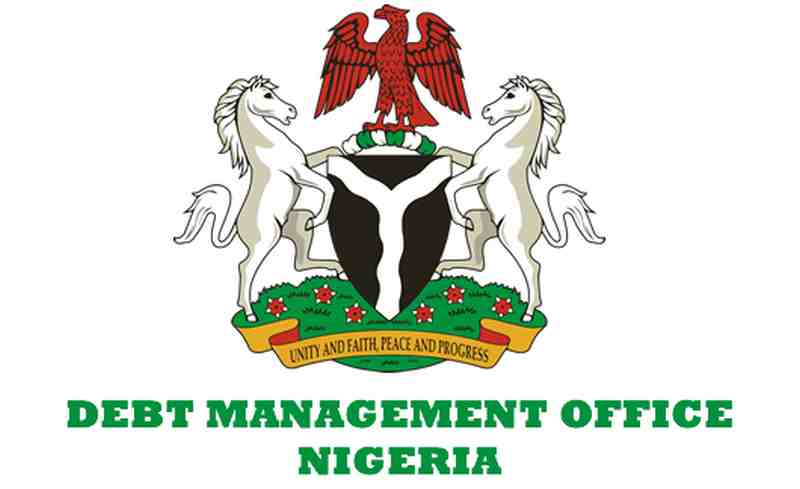What’s new: Cities experiencing warmer temperatures, fewer green spaces and denser human populations are seeing a rise in rat numbers, a recent study shows.
What the study says:
- The third big factor linked to increasing rat population was high human population density. “As more people inhabit a city, more food waste becomes available as a resource for rats,” the authors write, suggesting a possible explanation.
What this means:
Increased rat numbers may cause shifts in “urban food webs,” the researchers write, adding that the effects still need to be further understood.
“The most concerning of these connections we found is the link between climate warming and rat trends, as global temperatures are beyond the control of individual cities,” Richardson said in a press release. “Those working to manage rat populations will need to factor this climate-accelerated growth into their rat management planning.”
Richardson said cities will need to “confront the environmental factors that allow rats to thrive” while ensuring that sufficient resources and tools are allotted for rodent management.
In another interview with Livescience, Richardson said he hopes this study nudges city officials and scientists to gather more data about rats.
Banner image of a roof rat (Rattus rattus) by Rhett A. Butler/Mongabay.
This story first appeared on Mongabay












